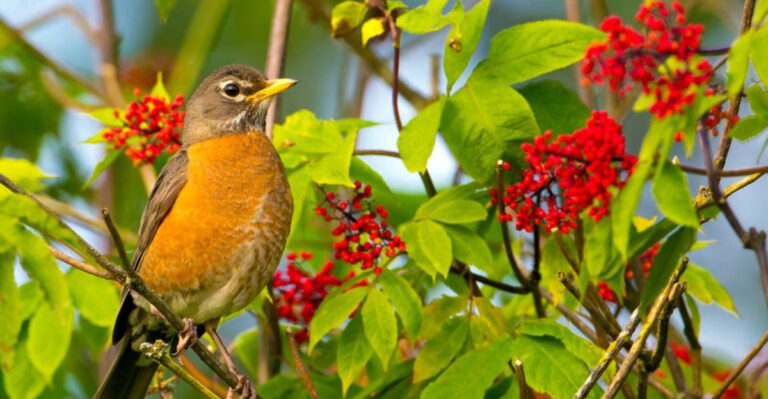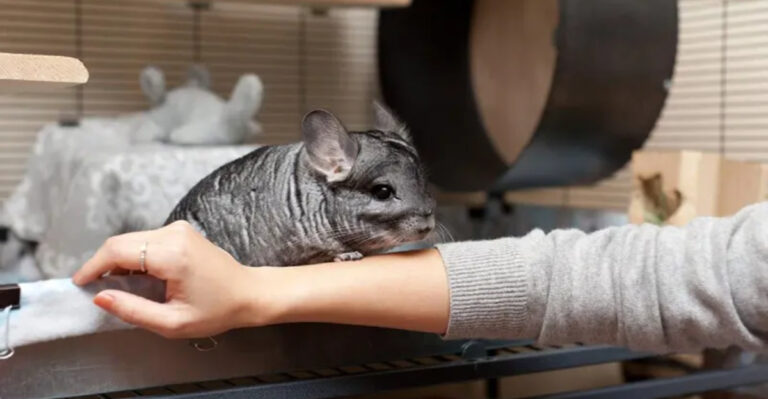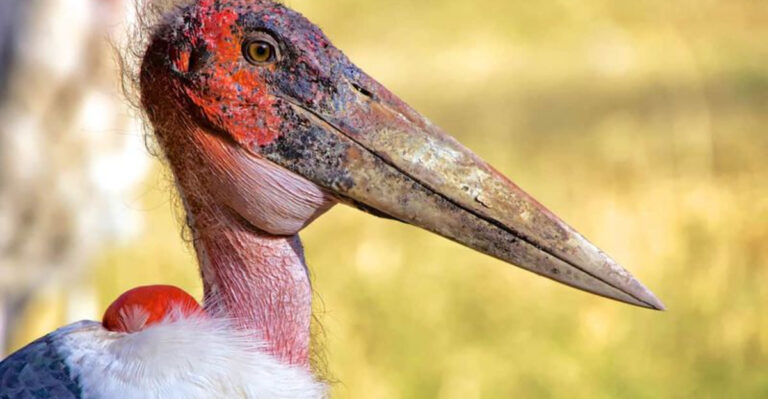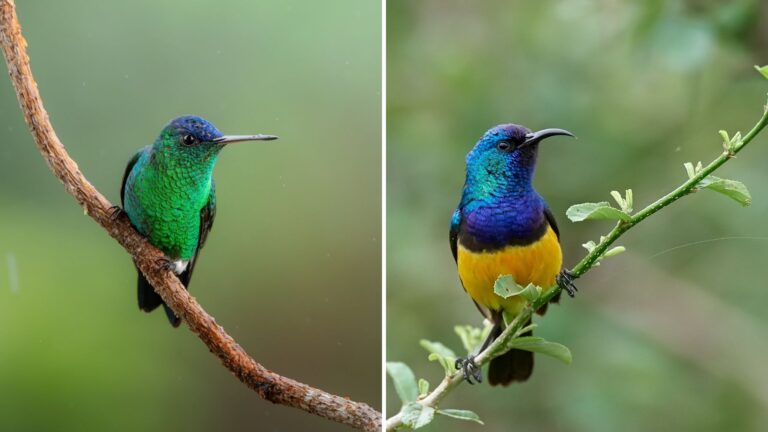10 Bird Beak Types And How Birds Use Them To Eat
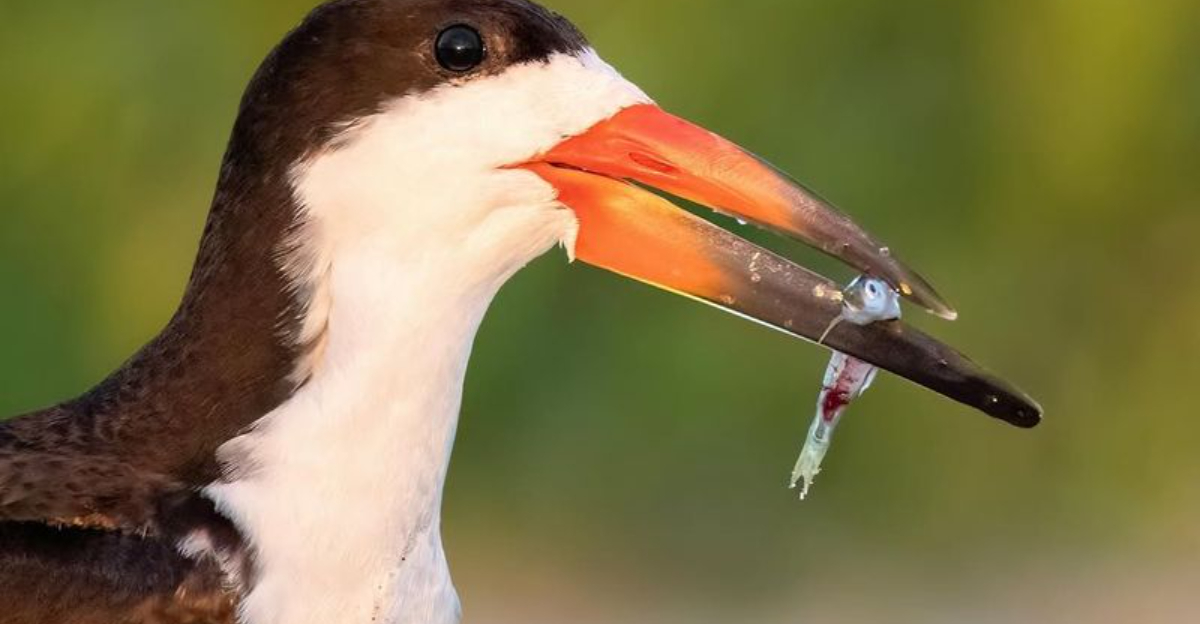
Birds are among nature’s most diverse and fascinating creatures, and their beaks are one of the most distinctive features that set them apart. Each bird’s beak has evolved to assist in its unique way of feeding and surviving in its environment.
From sipping nectar to cracking seeds, beaks are perfectly adapted to the dietary habits and ecological niches of various bird species. Let’s explore different types of bird beaks and how they function in the birds’ feeding habits, providing insights into the remarkable adaptations that have evolved over time.
1. Bird Beaks For Sipping Nectar
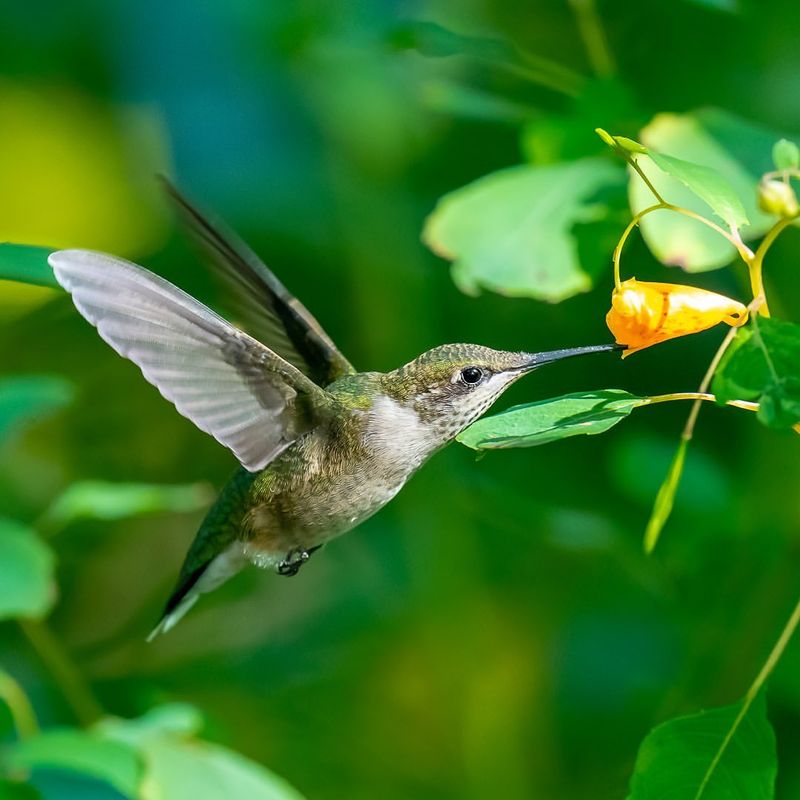
Hummingbirds are a fascinating example of birds with beaks adapted for sipping nectar. Their long, slender beaks are perfect for reaching into flowers to access the sweet nectar inside. This adaptation allows them to feed on a variety of flowers, each offering different nutrients, thus supporting their high-energy lifestyle.
The beak acts almost like a straw, and the tongue plays a vital role in assisting the bird to lap up the nectar efficiently. Hummingbirds are often seen hovering in mid-air, which is another adaptation that helps them feed without needing to perch. This ability allows them to access flowers that might otherwise be unreachable.
The symbiotic relationship between hummingbirds and flowers is essential for both, as the birds help in pollination. This mutual benefit showcases the incredible interdependence in nature. The rapid wing beats and vibrant colors of hummingbirds make them a delightful sight in gardens, where they are often seen darting from flower to flower, their beaks an essential tool for survival.
2. Bird Beaks For Drilling
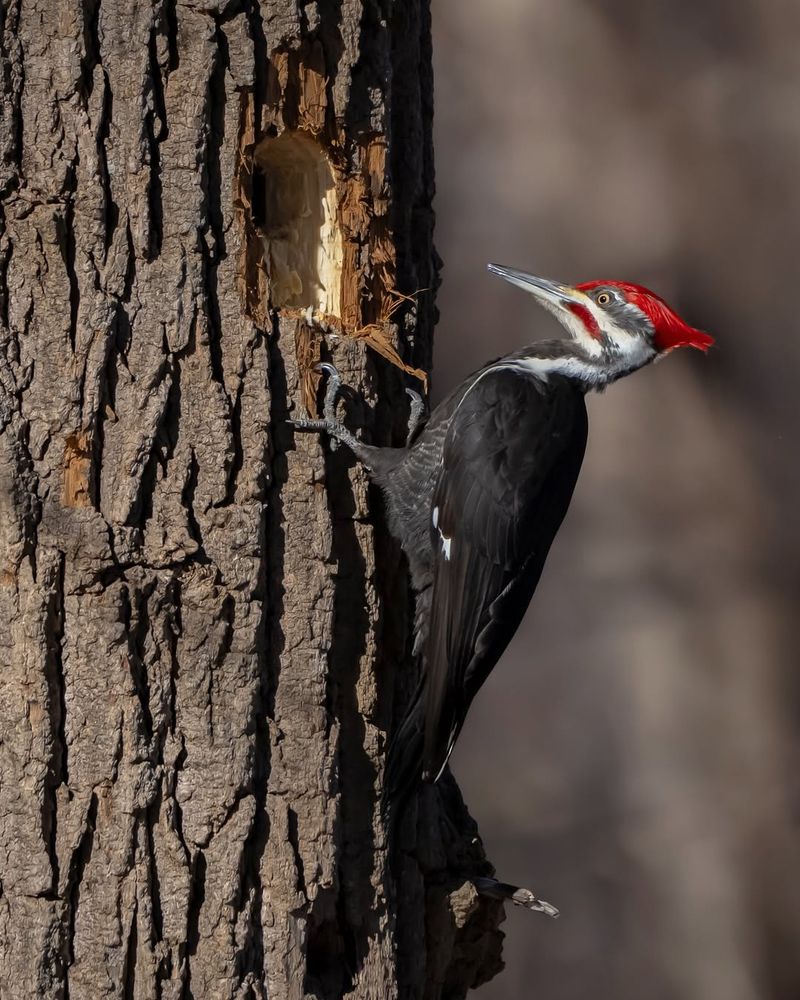
Woodpeckers possess one of the most specialized types of beaks for drilling into wood. Their chisel-like beaks are robust and sturdy, perfectly designed to peck into tree trunks and branches. This allows them to access insects hidden within the wood, which is a major part of their diet.
The structure of their beak is complemented by a strong neck and specially adapted skull that cushions the impact of constant pecking. This fascinating adaptation helps them avoid brain injury from the repeated blows against hard wood.
Moreover, woodpeckers have a long, sticky tongue, which they use to extract insects from the holes they drill. Their beaks are not only functional for feeding but also play a role in communication and territory defense, as the drumming sound can be a signal to other birds. The woodpecker’s drilling ability is a testament to the intricate adaptations birds can develop to thrive in their specific habitats.
3. Bird Beaks For Catching Insects
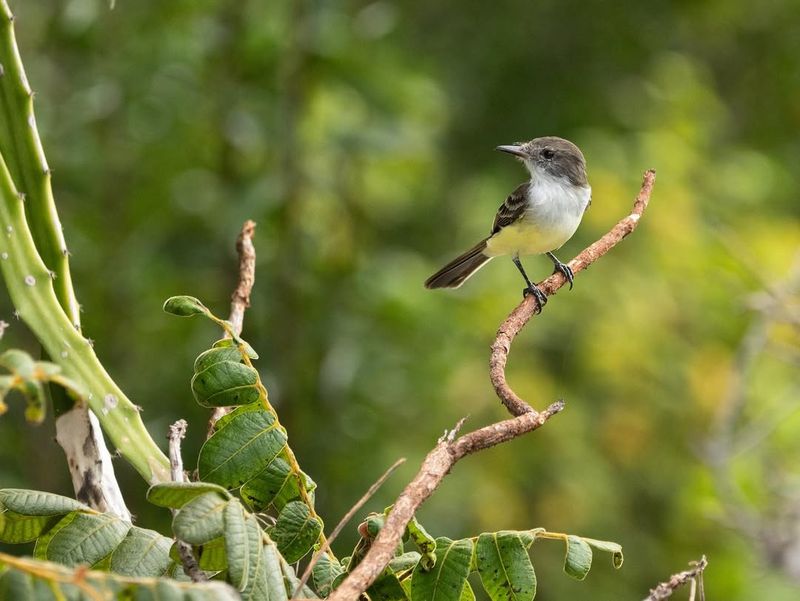
Birds like flycatchers have evolved beaks that are adept at catching insects. These beaks tend to be broad and flat, often accompanied by bristles around the base that help the bird capture flying insects mid-air. This adaptation is particularly useful for birds that hunt in flight, allowing them to snatch insects with precision.
The shape of the beak is optimized for quick snapping movements, making it an efficient tool for catching prey on the wing. This type of feeding behavior requires keen eyesight and agile flight, skills that these birds excel at.
Insect-catching beaks are a prime example of natural selection, where the need to capture protein-rich insects drives the evolution of specialized feeding tools. These birds play a crucial role in controlling insect populations, highlighting their importance in maintaining ecological balance. Their acrobatic hunting displays are not only a marvel to watch but also essential for their survival.
4. Bird Beaks For Ripping
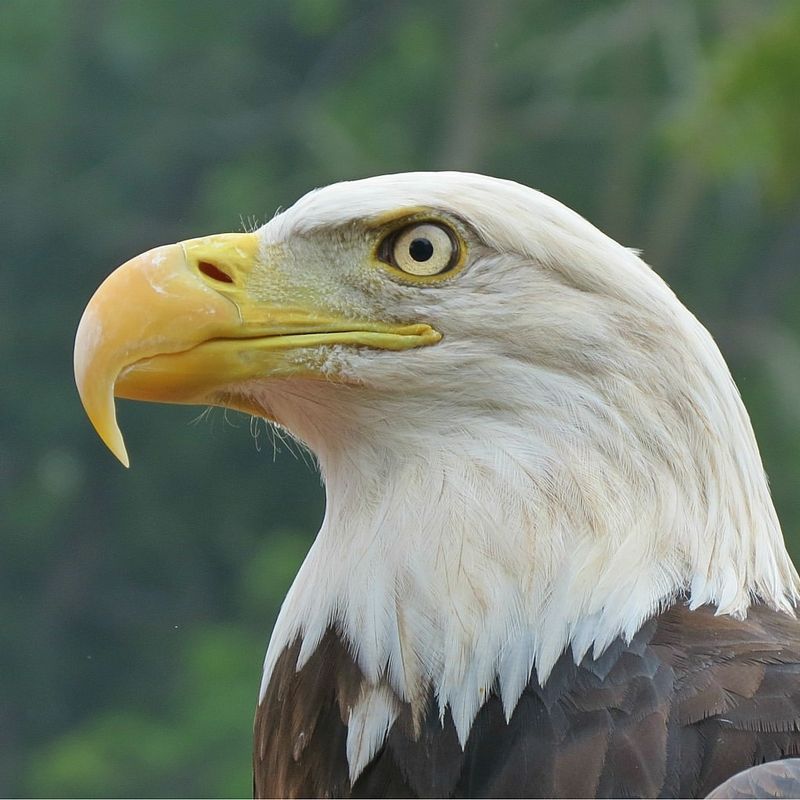
Raptors such as eagles and hawks are renowned for their formidable beaks, designed to rip flesh from their prey. These birds possess sharp, hooked beaks that enable them to tear into meat with ease. This adaptation is crucial for their survival, as it allows them to feed on a variety of animals.
The beak’s hook is perfect for gripping and pulling apart tough tissues, a task that requires both strength and precision. This powerful tool works in conjunction with sharp talons, creating a highly efficient system for hunting and feeding.
Ripping beaks are indicative of a carnivorous diet, and these birds are often apex predators in their ecosystems. Their keen eyesight and powerful flight complement their beak’s functionality, making them adept hunters. Observing these birds in action offers a glimpse into the raw power and skill that nature can bestow upon its creatures.
5. Bird Beaks For Cracking Seeds
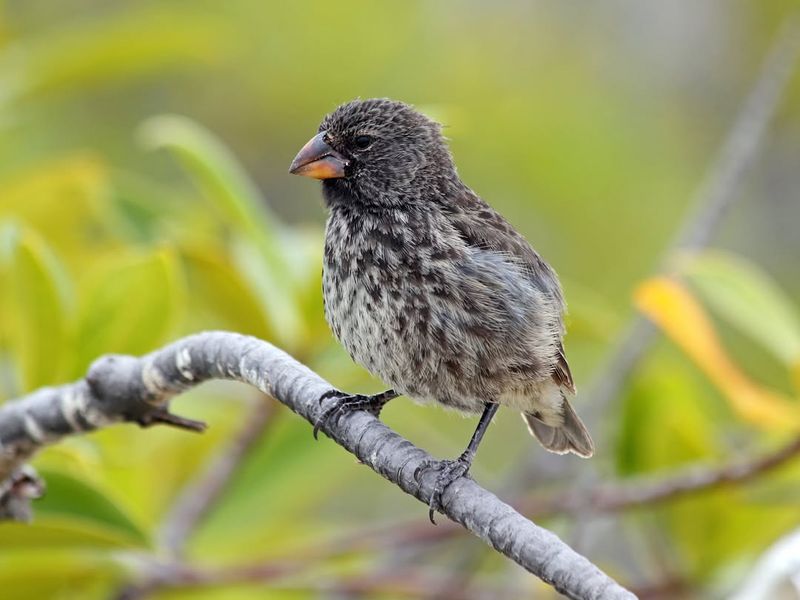
Finches and sparrows are excellent examples of birds with beaks adapted for cracking seeds. Their short, stout beaks are powerful tools designed to break open hard seed shells. This ability allows them to access the nutrient-rich contents inside, which are essential for their diet.
The beak acts as a natural nutcracker, with its shape providing the necessary leverage to exert pressure on tough seeds. These birds often feed on a variety of seeds, demonstrating their adaptability and resourcefulness in finding food.
Seed-cracking beaks play a critical role in the birds’ survival, particularly in environments where seeds are a primary food source. This specialization showcases the diverse ways in which birds have evolved to exploit different ecological niches. Watching finches meticulously crack open seeds is a testament to their ingenuity and the marvels of evolutionary adaptation.
6. Bird Beaks For Skimming
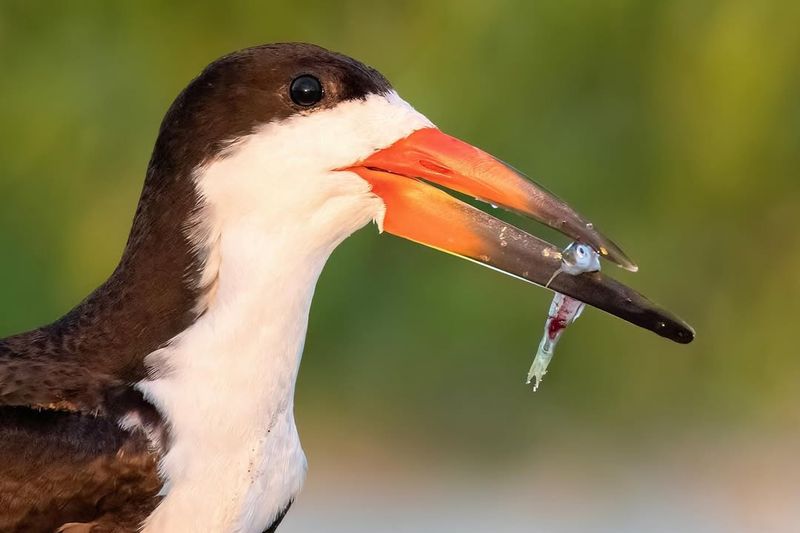
Skimmers are unique birds with beaks specifically adapted for skimming the water’s surface. Their lower mandible is longer than the upper one, an adaptation that allows them to scoop up fish while flying. This feeding technique is both efficient and graceful, perfectly suited to their aquatic environment.
The elongated lower mandible acts like a knife, slicing through the water as the bird flies low. When it encounters a fish, the beak snaps shut, capturing the prey. This method requires precision and timing, skills that skimmers have honed over generations.
The skimmer’s beak is a wonderful example of how specialized feeding adaptations can be. These birds are often found in coastal regions, where they contribute to maintaining the balance of aquatic ecosystems. Observing a skimmer in action is witnessing nature’s ingenuity at work, a truly captivating sight.
7. Bird Beaks For Grasping
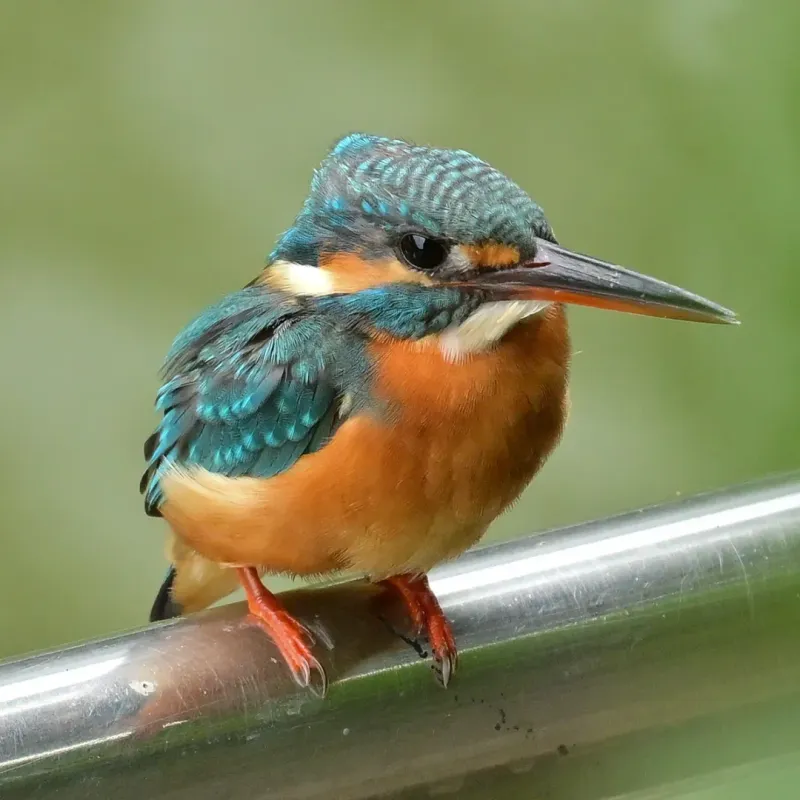
Kingfishers are known for their remarkable beaks, designed for grasping slippery prey like fish. Their long, pointed beaks are perfect for spearing and catching aquatic animals, a skill that requires precision and timing.
These birds often hunt by diving from a perch, using their keen eyesight to spot prey below. The beak’s shape allows them to penetrate the water with minimal resistance, ensuring a successful catch.
Grasping beaks are vital for birds that rely on fish as their primary food source. Kingfishers play an essential role in aquatic ecosystems, helping to manage fish populations. Watching a kingfisher dive and emerge with a fish in its beak is a thrilling display of nature’s precision engineering, a testament to the bird’s skill and adaptability.
8. Bird Beaks For Straining
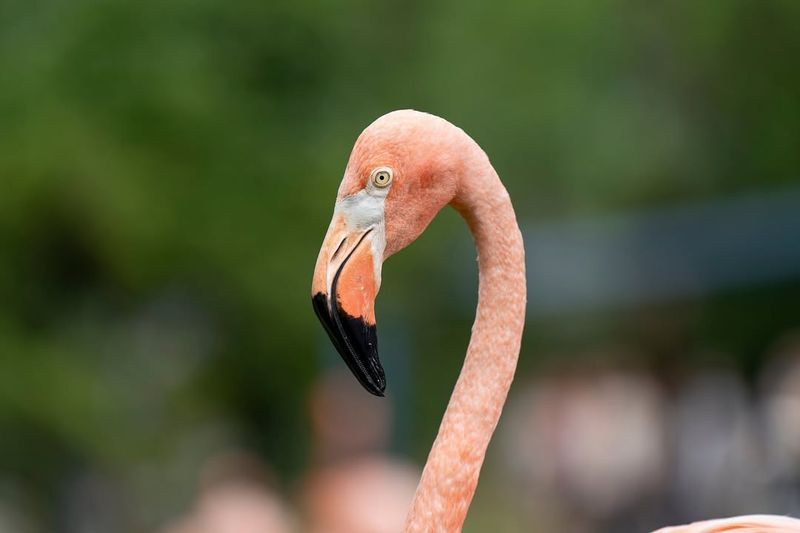
Flamingos are distinguished by their specialized beaks for straining food from mud and water. Their unique, downward-curved beaks allow them to filter small organisms such as algae and crustaceans from their feeding grounds.
The beak’s structure is adapted to act as a natural sieve, using comb-like structures called lamellae. As flamingos sweep their heads through the water, they trap food particles, while expelling water and mud.
This feeding technique supports the flamingo’s diet and contributes to their vibrant pink color, derived from the pigments in their food. Flamingos’ straining beaks are a testament to the intricate ways birds have evolved to find food in diverse environments, turning a muddy wetland into a banquet.
9. Bird Beaks For Pecking
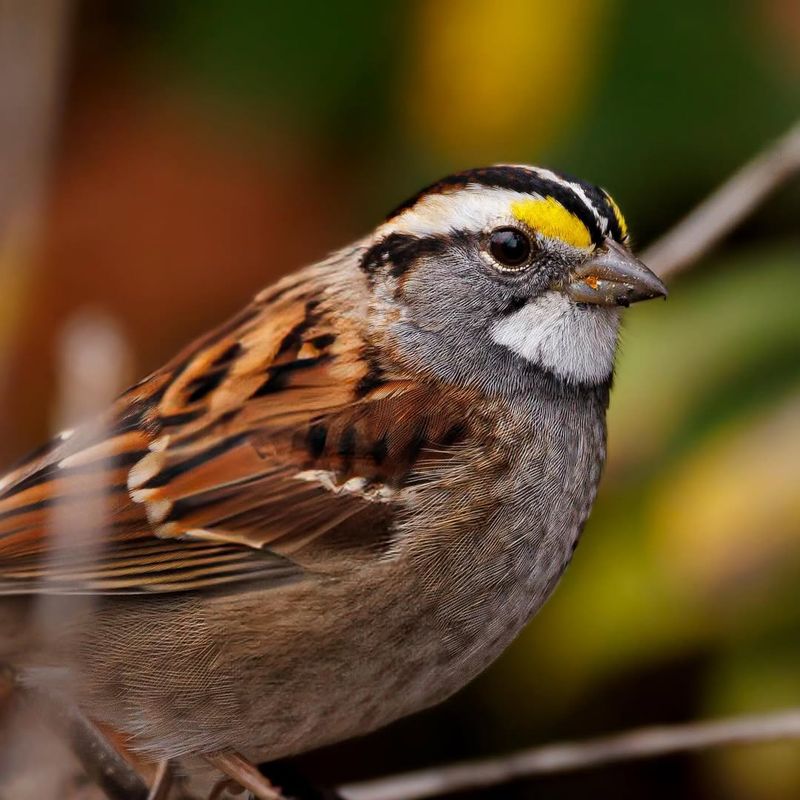
Sparrows exhibit beaks that are ideal for pecking at surfaces to access food. Their short, conical beaks are efficient tools for picking up small items like grains and insects. This adaptability allows them to thrive in a variety of environments, including urban areas.
The pecking motion is both quick and precise, enabling sparrows to gather food efficiently. Their beaks are perfectly suited for a generalist diet, consuming a wide range of foods from seeds to small invertebrates.
Pecking beaks highlight the sparrow’s versatility and resourcefulness. These birds have adapted to coexist in human-modified landscapes, finding food in places other birds might overlook. Watching sparrows peck away in city parks is a reminder of the resilience and adaptability of urban wildlife.
10. Bird Beaks For Probing
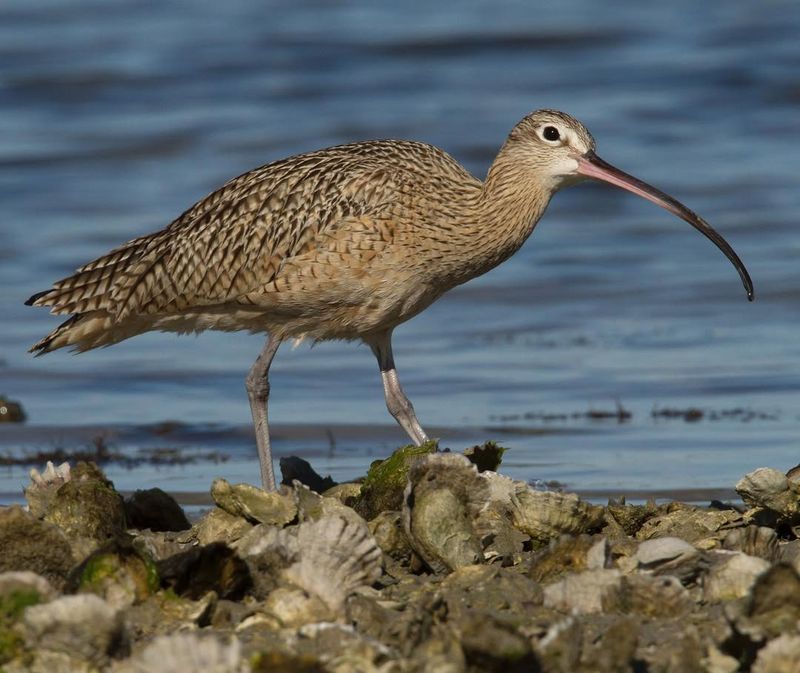
Curlews are equipped with long, curved beaks that are perfect for probing into sand and mud. This adaptation allows them to reach buried invertebrates, which form a significant part of their diet. The beak’s length and shape enable them to access food sources that are out of reach for other birds.
Probing beaks function like specialized tools, allowing curlews to explore their environment in search of sustenance. This feeding strategy requires precision and an acute sense of touch to locate prey beneath the surface.
The curlew’s probing beak is a marvel of evolutionary engineering, showcasing the bird’s ability to exploit specific ecological niches. Observing a curlew at work is a lesson in patience and skill, as it deftly uncovers hidden treasures along the shoreline.


